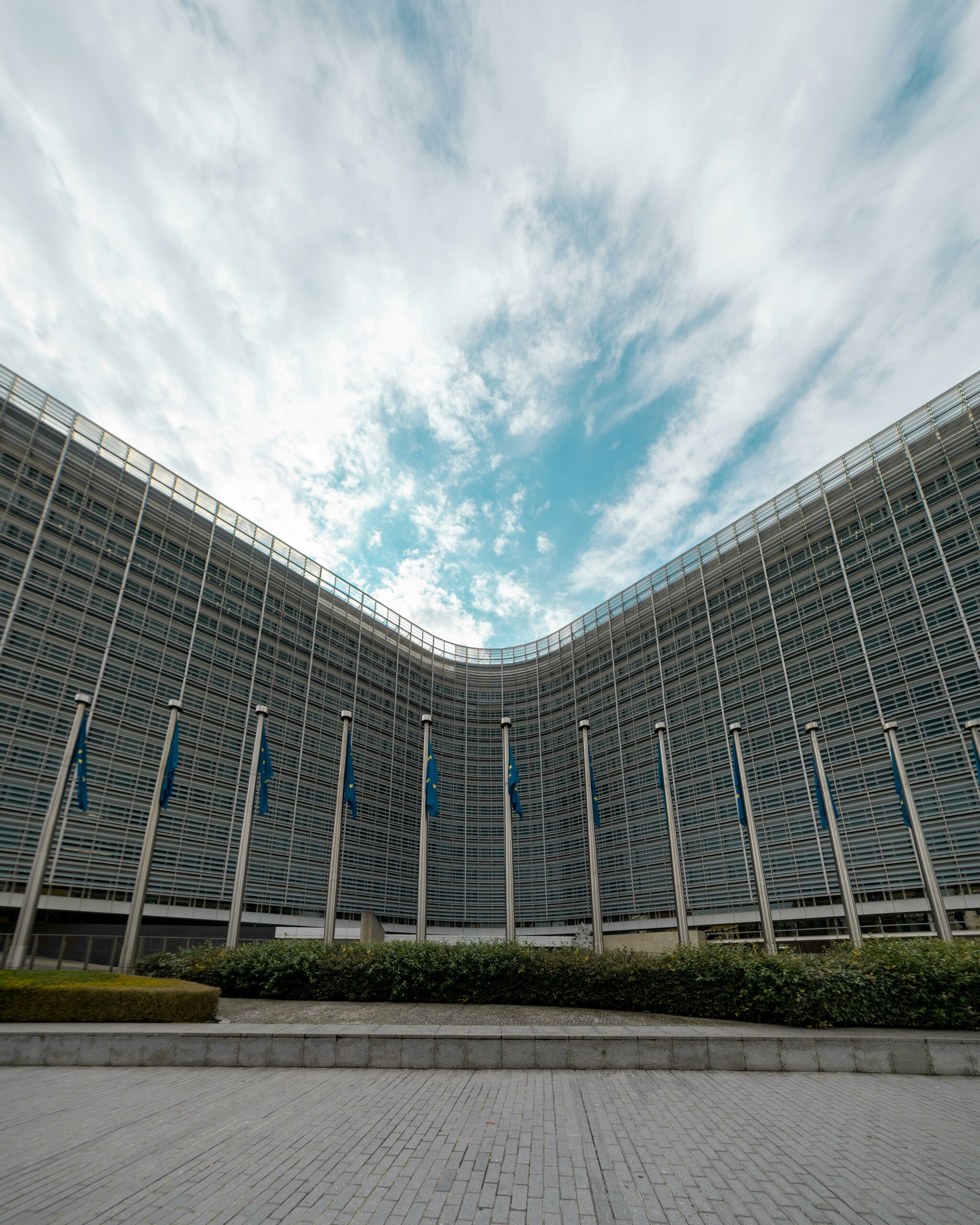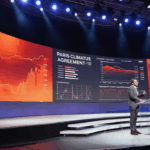We took part in UN PRI in person event last week. Investors now increasingly understand they indeed have a clear responsibility to respect human rights across their investments. So we met with multiple investors asking us the very same question: How to factor human right due diligence across investment decisions. Here’s a 5 step approach developed across projects to help and provide some initial guidance.
How Investors are Expected to Mitigate Human Right Risks Across Their Investments?
It is increasingly expected that human rights due diligence (HRDD) is undertaken by businesses, as per the UN Guiding Principles on Business and Human Rights (UNGPs), OECD Guidelines for multinational enterprises, emerging laws such as the UK Modern Slavery Act and the French duty of vigilance law, and other proposed legislative reforms.
Failure to identify, prevent and address adverse human rights impacts may lead to reputational, operational, financial and legal risk, impacting Capex and Opex. Neglecting human right issues can lead to asset owners mispricing risk and making poor investment decisions. This is why effectively managing human right issues is increasingly seen as a core part of the fiduciary duties owed by asset owners to their beneficiaries.
Across investments, there are numerous human right related risks to take into account. Here are few examples showing the very broad scope at stake:
- Projects involving large quantities of unskilled labor, may pose various human rights risks such as bonded labor, hazardous working conditions, lack of collective bargaining and freedom of association, and health and safety accidents.
- Projects located in zones witnessing important migration flux may need to carefully scrutinize informal activities. Assets under management might have to mitigate risks of child labor, modern slavery cases for instance
- Assets operating with high risk material sourced with unclear traceability might also be held responsible for potential human right abuses. Conflict minerals efforts have paved the way to clearly make a legal connection between large manufacturers and their responsibility to respect human rights buying minerals from high risk conflict zones for instance
- Assets located in controversial areas may find it challenging to operate leaving close to communities using all legal instruments they can to defend their traditional culture, beliefs and customs to stand strong against the asset
The OECD Guidelines for Multinational Enterprises are aligned with the UN Guiding Principles and allow individuals and NGOs to bring complaints in front of National Contact Points. Human Right Due Diligence entails having a comprehensive process in place to identify and prevent any potential adverse human rights impacts (risks) before they occur, as well as addressing and mitigating those impacts which have already occurred.
A 5-Step Approach
Investors play an important role in engaging proactively with companies on developing policies and tools that can prevent human rights violations, rather than only reacting to them once they’ve happened. Actively engaging with companies on the topic also makes financial sense: shareholder engagement improves profitability at target companies.
So here’s a step by step guidance.
1. Define a Human Right Risk Profile by Universe of Investment
We can categorize investments based on criteria framing different types of broad human risk profiles. Here is a very simple overview:
- Country context. Similar investments made broadly in an OECD or a non OECD context may generate different calibration for several risks. Corruption – and the way corrupted processes may impact enforcement of safety and certification procedures can have a bearing on a human right risk profile
- Certain features of investment may necessitate a higher level of due diligence than other types of investment or financial activity. For example, holding periods, the size of the investment stake, the nature of the markets in which they invest, and the limited options for termination all contribute to the level of due diligence which may be expected
- Type of asset profile can also lead to different profile of risks. A large construction may encourage to focus some due diligence on aspects such as: land acquisition processes, community engagement, local employment, respect of local traditions and cultural activities… An investment in a tech start up company may focus on several aspects related to ethics, labor conditions, respect of privacy principles embedded across product features.
Even robust ESG due diligence processes may not capture all human rights risks. UNGP-compliant due diligence can enhance existing ESG processes.
2. Strategize data collection
A robust approach to human right due diligence would include the following:
- Pre-acquisition due diligence should ensure that the portfolio companies themselves embed human right due diligence into their own operating systems
- A portfolio company should have an effective human right due diligence process in place to protects itself, investors and the relevant rights-holders, by being able to identify, prevent and address human rights impacts even before they arise
- Human rights considerations may also be of utmost importance at the exit stage. We’ve been involved in difficult exit stages where poor reputation of assets impacted clearly asset quality and made exit more complicated than investors would have expected
Engagement with issuing companies should reflect human right priorities and be embedded across procedures happening across the various phases. This may imply to strengthen some ESG screening tools, contractual and procedure documents, and may also require to be clearly included as part of the formal agenda of key critical meetings scheduled between investors and companies.
A few additional considerations are important to make this data collection process useful to base strategic decisions
- Engagement of issuers, investors, business partners and other stakeholders may be sensitive to explore human right related issues. This clearly need to be well planned, prepared and focus on very concrete and tangible operational aspects of the investment at stake
- Human right issues may be broad and complex, and can apply across interconnected themes. Investors in charge of the related due diligence need to learn how to navigate between actual field and operations and sophisticated financial models. They need to learn to connect the dots between investors and operations across ESG themes
- Artificial intelligence is increasingly explored. AI is no doubt very useful to connect complex data universes and help to identify material risks. That said, we strongly encourage to complement with expertise and human eye and provide a more qualitative assessment – at least for sensitive deals
3. Develop Capacities of Relevant Staff
Human rights are sensitive topics. Engagement teams may clearly not feel at ease to discuss topics they might find too political, too intrusive or simply too far from the themes generally guiding their discussions. Here are tips to encourage capacity development
- Develop cohesive management system. CEO Statement. Policies. Procedures. Taxonomy. Every aspect guiding engagement activities and supporting decision need to impulse a same vision respecting human rights across decisions and activities
- Identify champions able to become ambassadors sharing their perspective to onboard their peers on a proactive approach including human right across due diligence activities with companies
- Make it concrete and simple. Use real world examples and case studies to help relevant staff identify to situations they know and may have to deal with again. You might want to use Role Play as part of capacity building programs to encourage engagement team staff to also take the issuer’s perspective
4. Explore Impact of Human Rights Risk Mitigation Measures on Asset Valuation
We’ve seen numerous examples of investment decisions across virtually every industry sector to draw one simple conclusion. Proactive human right due diligence is cheap and easy to integrate into engagement activities. Reactive human right due diligence responding to specific human right abuses already identified on the ground may cost huge amount impacting Opex and Capex.
We therefore strongly encourage every investor to learn from their own activities and portfolio companies and take time to give a valuation to risks identified and mitigated across due diligence activities with issuers. Here are few illustrative examples:
- Land acquisition processes, notably in Latin America, may be complicated. The following is illustrative of what needs to be documented: track records of public consultations, transactions verifying actual land property, municipal land allocation plans showing consistent with actual land usage, resettlement of people aligned with relevant international standards. That’s part of the due diligence. Absence of such illustrative proactive review may lead to severe infringement of multiple human rights. We have been in the middle of cases costing millions to companies, with severe impacts on Opex
- Contractor engagement might be sensitive, notably across construction activities. Based on pertinent understanding of local context, the following is illustrative of what should be included as part of discussions and contractual clauses: safety, labor standards, awareness on modern slavery risks, security and relations with local communities. Investors clearly have a role to ask questions, and make sure issuers are taking such concerns seriously as part of their operational plans. We have been in the middle of complex cases where absence of proactive management of contractors would lead to very difficult relations with local communities and institutional stakeholders, impacting quality of assets and Capex meaningfully
5. Explore Opportunities to Influence Other Duty Bearers
Respecting human rights is not the sole responsibility of an investor. Respecting human rights may be the responsibility of multiple duty bearers. For example, poor respect of labor standards might include the following duty bearers: a portfolio company, some of its key contractors, other investors, local authorities (e.g. Labor Inspectors)…
We know respecting human rights might be complex to apply. The UN Guiding Principles on Business and Human Rights are encouraging duty bearers to influence others. This means that beyond what they can do themselves, they are also expected to leverage their influence to encourage other duty bearers to mitigate their own risks as well. We’ve been part of interesting discussions held between authorities willing to attract foreign investors, and investors themselves where human rights have proven to be critical areas of concern and discussion to develop more predictable business environments building trust between duty bearers.
At Ksapa, we remain of course available to provide support and help to define approaches fully taylored depending on business priorities, portfolio, and corporate culture.
Author of several books and resources on business, sustainability and responsibility. Working with top decision makers pursuing transformational changes for their organizations, leaders and industries. Working with executives improving resilience and competitiveness of their company and products given their climate and human right business agendas. Connect with Farid Baddache on Twitter at @Fbaddache.







Pingback: Local Stakeholder Engagement on Human Rights - 5 Tips to Get it Right
Pingback: Engagement des parties prenantes locales en matière de droits humains - 5 conseils tirés de nos expériences